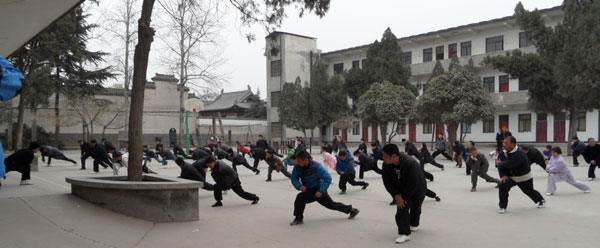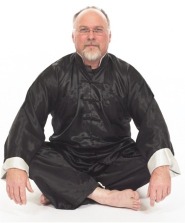
I often compare learning Tai Chi with learning to play an instrument ( which I can’t!) or to learning to ride a bike ( which I can!) or playing golf ( which I sort of can!) essentially, it is the same as learning any other physically based skill. Especially if a student is unused to developing a skill in a physical way ( maybe skiing or skateboarding?) then the process is likely to seem complicated and difficult plus the issue of learning repetitive choreography.
Add to this the reson that many people come to Tai Chi often involves a desire to improve/treat/cure a problem of lessening ability as they age, deal with a chronic condition or heal an injury. Then we have a tremendous mix of hurdles to approach and overcome – hence it is often difficult to maintain even a simple practice regime. Consequently we see many people drop out of classes at an early stage – they have met an unexpected persistance barrier.
Early on Tai Chi is difficult to understand for westerners – we lack the cultural background and feel awkward if we cannot do it well almost immediately. Never fear, have faith in the process, look for small changes – sometimes they appear quite quickly, othertimes it can take a long time – it takes persistance. Above all it requires practice – would you expect to learn an instrument with only one lesson a week and no daily practice?
So keep looking for changes in your body and how it moves. Keep track of positive and negative changes – practice in such a way that you maximise the positive and minimise the negative – you can do this by monitoring your movement and making changes accordingly. Embrace the repetitive patterns – learn a simple one and practice until you are comfortable with it, then move on. Persistance and practice are essential in this – then learn to observe how your teacher and other Tai Chi people move so you can learn to adjust how you move.




